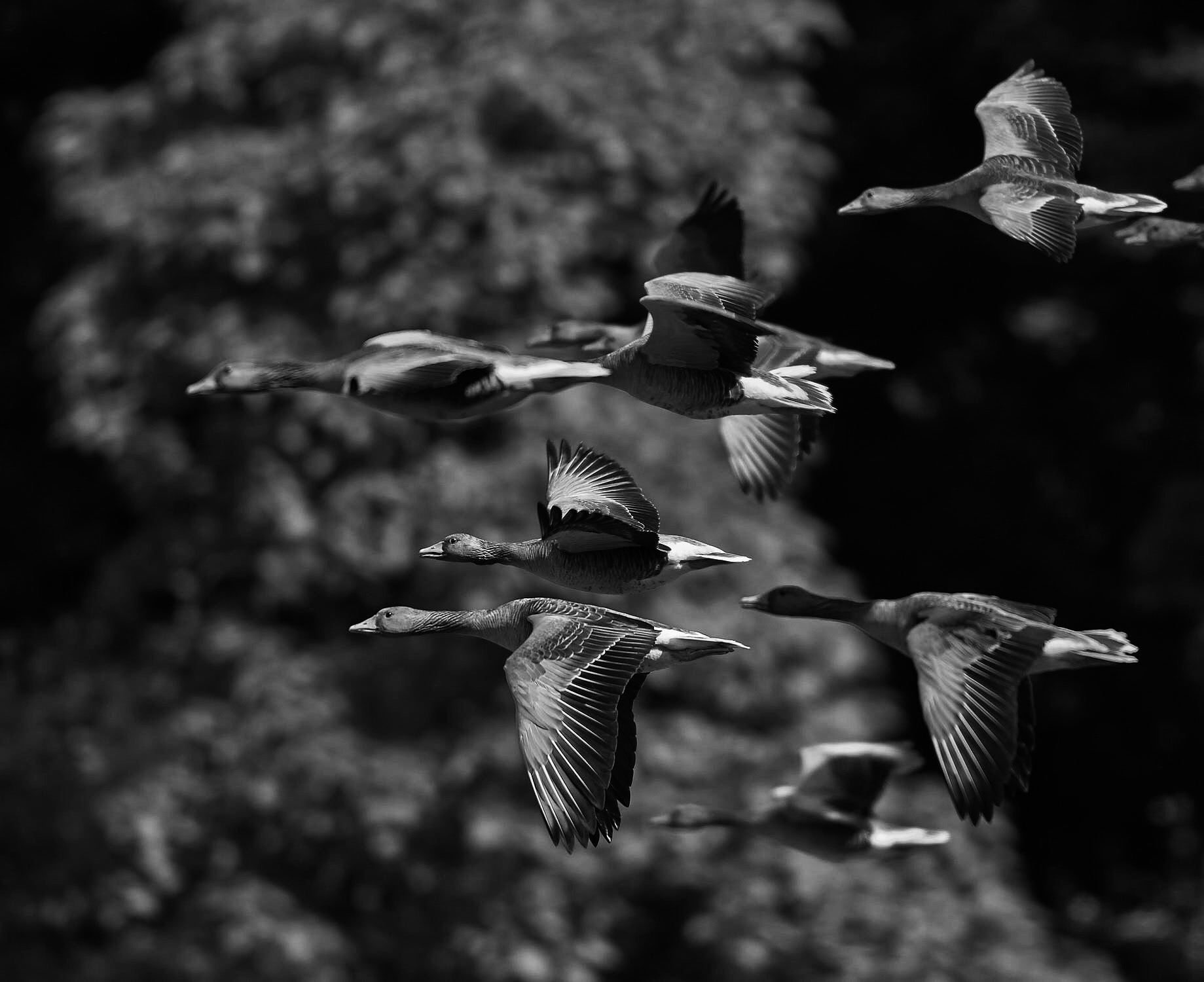Before we crossed the gate into Hamden’s West Rock Ridge State Park, Michael Richardson pulled a bottle of mosquito repellent from a backpack stuffed with hiking supplies. “I have two separate infections of Lyme disease, so I make a point of bringing the bug spray every time I come out,” he explained to me as we stood near the park’s entrance. “It’s just one of those things you have to deal with, I guess.”
Richardson knows nature, ticks and otherwise: he has spent the past four years compiling a comprehensive guide to native species of plants and animals across the state. In 2010, the 37-year-old Connecticut native founded the educational website ConnecticutWilderness.com; today, the website features nearly 900 creatures, from Sphyrapicus varius, the yellow-bellied sapsucker, to Notophthalmus viridescens, the Eastern newt.
Even on this sunny Saturday morning in September, when people in hiking boots and canoes dot the sunlit Connecticut landscape, Richardson said his thoughts often turn toward darker visions. “Every time I’m out, I’m always sort of thinking from a survivalist standpoint,” he said as we headed down the trail. “You have to think about it in terms of what would happen if there was a zombie apocalypse or a nuclear bomb went off.”
Richardson knows this eschatological vision—the undead swarming the parking lot, the woman on the red canoe paddling through hellfire—is improbable. Unlike so-called “doomsday preppers” obsessed with the apocalypse, Richardson is ruled by a more practical motivation: he’s simply fascinated by how nature abounds with resources for survival. His extreme thought experiment—and the attention to detail it requires—has afforded him a near-encyclopedic knowledge of the Connecticut species he now catalogs online. The man behind ConnecticutWilderness.com is part Bear Grylls, part botany teacher—and determined to get his visitors to rethink their relationship with nature.
Richardson discovered his love for the wilderness as a teenager, tucked away at summer camp in the New Hampshire woods. There, from the camp’s counselors, he learned about vegetables that came from the ground, not the grocery store: wild plants that you could pluck straight from the dirt and eat. The first he tried was a slender white root called Indian cucumber. With just one bite, he was hooked. “I knew you could pick blackberries and blueberries and all that stuff, but the Indian cucumber, that was cool,” Richardson said. Later that summer, he decided to draft an exhaustive map of the campground’s edible plants, a feat for which he won Camp Pasquaney’s nature award. “That was sort of the first iteration of Connecticut Wilderness,” he said.
He built the current version of the website about four years ago to share his knowledge. By day he is an IT professional, and the project has offered him an opportunity to learn additional computing languages and skills. Richardson uses everything from vinyl records of birdcalls to Wikipedia to guide his work.
“The best way to get proficient is to spend a lot of time studying,” he said. “You have to be really careful and know what you’re looking for.” To illustrate his point, Richardson motioned me over to a cluster of black and yellow insects, buzzing menacingly around a clump of purple blooms.
“Come down low on these guys,” he said, squatting down with his camera. He let one of the fuzzy critters climb his finger. “That’s a syrphid fly,” he said. “They look like bees. They’re mimics.” But unlike bees, they’re harmless. Syrphid flies’ resemblance to a more dangerous doppelganger helps them ward off predators—plus freak out inexperienced hikers like me.
But those familiar with the wilderness, my guide included, have an easier time than predators at recognizing the many mimics that live in Connecticut. Richardson cites another common local example: two plants, mountain laurel and wintergreen. The former is poisonous, while the latter lends a minty taste to chewing gum. But both have red stems and blue-green leaves. When we found a plant that fit that description, Richardson used a pocketknife to slice off a portion, then plucked off its leaves, tore them in half, and gave the fragments a sniff. Pressing the leaf fragments to his mouth, he took a taste to confirm his identification: wintergreen.
Richardson rarely checks the analytics that would tell him how many people have visited his website. Just 51 Facebook users, including myself, “like” the website’s fan page. Still, it’s important to him that the website expand, both online and off. He hopes to develop a mobile version of his site, and he recently hosted a mycology walk under the ConnecticutWilderness.com banner attended by a dozen people eager to learn to identify wild mushrooms.
In Connecticut, a state better known for its country clubs than its national parks, the challenge isn’t taming the wilderness, but finding it. Here, foraging for wild edibles is a hobby, not a matter of sustenance. “You’re never really going to be anywhere in Connecticut where you can’t get rescued,” Richardson said. “Even in the deepest of forests, you really can’t get more than five to ten miles away from a road at the most.” But even a short distance from the pristine lawns of suburbia, he can point at nearly any plant and tell you whether you can eat it.
On our hike, Richardson identified dozens of other species that can sustain hungry foragers, from sheep sorrel, a lemony herb that goes well in salad, to common mullein, a fuzzy-leaved plant that grows close to the ground and is said to have medicinal effects. Some plants have multiple uses, too: take mullein, for example. “Its best use is as toilet paper in the woods,” Richardson said. “It works.” While you may never find yourself wiping with a leaf, the point has been made: there’s an abundance of treasures in the forest, if only you learn to find them.
Marissa Medansky is a senior in Morse College.


